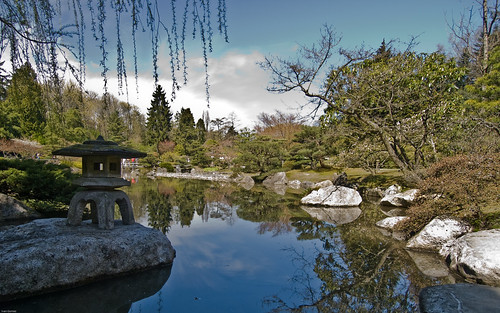Using reflections can add a new dimension of creativity to your photography. From Mirror, glass buildings, puddles, there is always a possibility to leverage them both in and outdoors. They can be used on any type of photography from landscapes (reflections on lakes), urban (glass windows, puddles)
Puddles
In urban settings, after a storm puddles will be created on the pavement, that can be leveraged to create great pictures of reflections. Dont worry about how clean the water is, sometimes all you need is an outline,
Unusual forms
Certain objects with interesting and complicated shapes will create a great shot if standing next to the reflective surface, as if they were join together. Framing is important in this kind of shot
Refractions
Using water droplets, make sure you get glycerin and either use it instead of water or mix it up half and half. This will allow the droplets to keep their shape for much longer, use a pipette if you want to make sure you get even shape droplets.
For this type of shot a close up macro lens is essential, you will also need a study tripod. Focusing is the most tricky part of this type of shot, focus in a single droplet, and focus on the image reflected not on the water itself. Around f/11 is recommended, this will you a sharp refraction.
 | Use tranquil waters to reflect the scene |
| Glass buildings and puddles are great for creating a composition with reflections |  |
 visit my pics at http://www.flickr.com/a207001392 | Using glycerin and an interesting background can make for a very interesting composition. |





